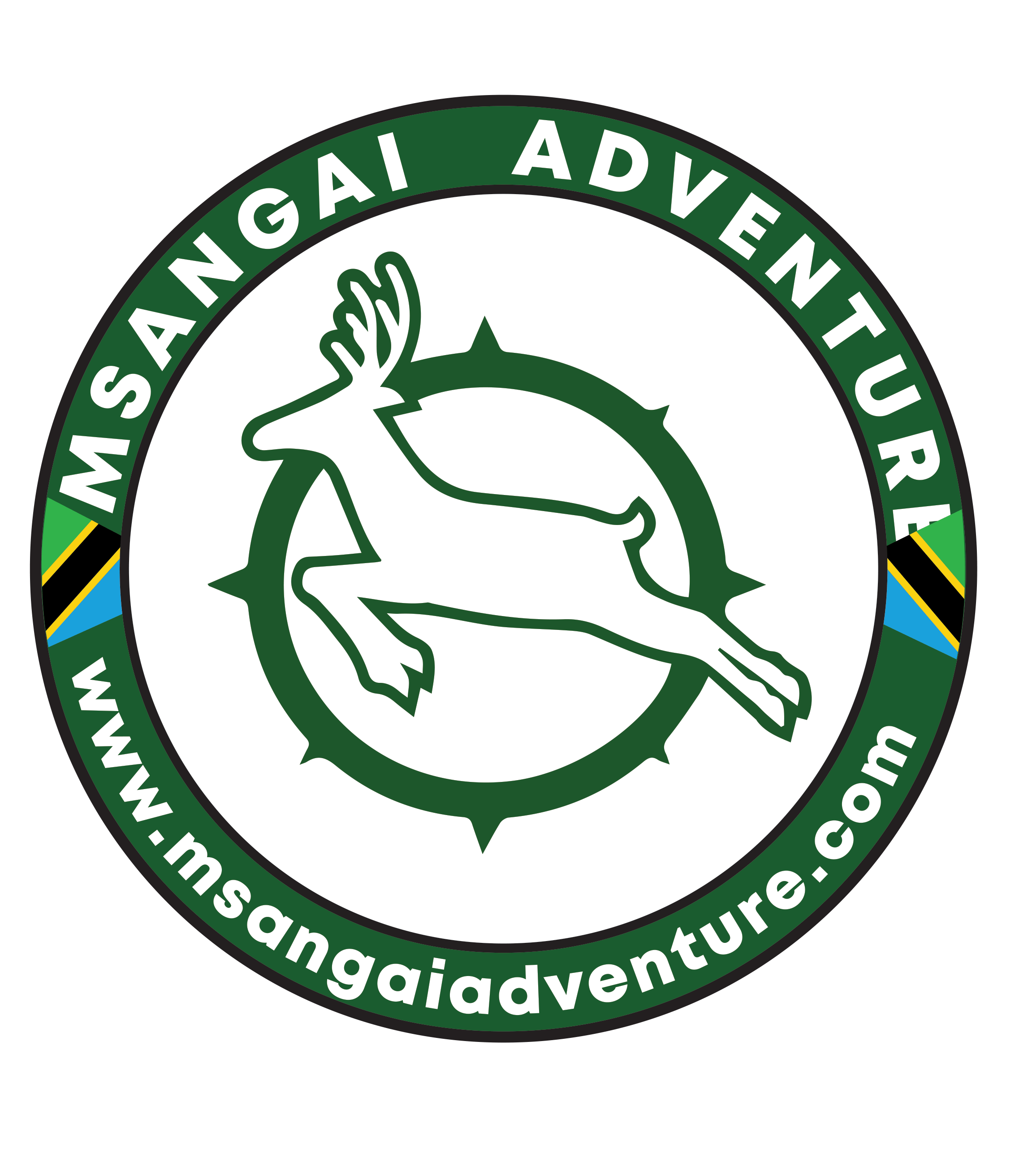Short Overview
The Coast of Kenya or Indian Ocean Coast line is a glorious ribbon of silver and sapphire, bright coral and white beaches. The unique Swahili culture, a fusion of the many influences of early times in the Coast has created a pace of life, myth, heritage and magic not found anywhere else in the world. The highlights of the coast include the historic Mombasa built around the falls of the 16th Century Fort Jesus and the Magnificent Lamu The waving palms, white-walled mosques, black-veiled women, fleet of dhows harnessing the trade-winds enchant and fascinate the Swahili coast.

Details of Kenya Coast
The Coast is roughly divided in to the North and South of the Island city of Mombasa. Mombasa Town, which is the second largest city of Kenya and the capital of the coast and centre of the coastal tourism. Mombasa Old Town, which dates to the 13th Century where in the 1800 slaves were shipped from the harbor as well as spices and mangrove poles. The town has a protected status.

Fort Jesus – This was a Portuguese fort build by the Portuguese to protect their interests in East Africa. It is a fine example of the Portuguese military architecture. It was turned in to a prison when Kenya became a British protectorate. After 1958 it was declared a national monument and later a museum. It houses artifacts from the coastal historical sites and the shipwreck of the San Antoni de Tana which sank off Fort Jesus 1967.

The South Coast
Across the Likoni Creek, South of Mombasa is a 700km coast line running between Tanzania and Somali borders. It is renowned for its silken white sandy beaches, coconut palms, sheltered lagoons, remote islands, mangrove swamps and the mysterious Arab and Swahili Ruins. You cross from the Island at the Likoni Ferry to the start of the south coast beaches.

Diani Beach – 25 kms from Mombasa is one of the best-known beaches, and offers everything a visitor could wish for: restaurant, shops, golf course, night spots, the Columbus Trust, an area of indigenous forests that provide a sanctuary for the areas of many Columbus monkeys, and The Kaya Kinodo, which is a cultural centre built around the sacred Kaya (grove) of the Digo People. There are other activities on offer such as swimming, snorkeling, sea kayaking, diving, water sports, dhow trips, nature trails, historic places of interests and visits to nearby Simba Hills.

There is also the Funzi Island featuring mangrove-fringed shores, extensive forest areas, dolphin tours and crocodile spotting trips. The Wasini Island offers the Muslim ruins, coral gardens, wooded walks, dhow trips and traditional Swahili cuisines.

There are the Shimoni slave caves which are thought to have been used to store the slaves prior to shipment to Zanzibar. It is 76 km south of Likoni not far from the Tanzanian border.
North Coast
Mombasa Marine National Park and Reserve lies a few kilometers north of the Island. To access the North coast, you cross over the Nyali Bridge which leads from the island via Nyali suburb to the North Coast. It features the Nyali beach, Kenyatta and Bamburi beaches, the Shanzu beach, Kilifi and Watamu.
Watamu – The 8 km white sandy beach has been voted top ten beaches in the world. Watamu, popularly known as the wonderful Watamu (near Malindi) is a popular coastal resort which is a home to an exotic mix of local residents, visiting Maasai warriors, Italians, Germans and remains of the British settlers. The 8 km white sandy beach has been voted top ten beaches in the world.

Geda Ruins The small ruined Gedi is a small town north of Watamu which once flourished in the 15th Century and hosted palaces, houses, mosques and Islamic pillar tombs. It was later abandoned in the 17th Century by people who were believed to have been feeling imminent invasion. Today these ruins are still spread over several acres of land dotted with ancient baobab trees and surrounded in dense coastal forests in which monkeys swing. Within the walls are a nature trail of indigenous trees and in the ruins, there are lots of finds such as glass and shell beds, gold and silver jewelery and local pottery. They are open for viewing.
Malindi It is one of the oldest settlements of Kenya’s coast, dating back to the 13th Century where explorer Vas Co Da Gama first set foot in East Africa. In 1930, Malindi achieved fame as the preferred fishing and drinking haunt of Ernest Hemmingways who fished for the big game fish off the coast. Apart from having attractive tourist resorts today, many big game fishing competitions are held here and attract anglers from all over the world who come to battle with the sea giants such as reef shark and sail fish.

There is a prime diving site directly opposite the Malindi and Watamu National Marine Park, Africa’s first marine park and one of world last great natural marine reserve. The town boasts of a number of sites such as the Juma Mosque, Portugese monument to Prince Henry the navigator, pillar tombs, Vasco Da Gama Pillar, a reptile park, falconry centre, Malindi Golf and Country Club, wind-surfing, deep-sea fishing and scuba diving schools.

Lamu is the oldest and best-preserved of the Swahili settlements in East Africa and a centre for study for the Swahili culture. It was once a thriving port and after wars with neighboring island kingdoms it was finally blockaded. Lamu is a living monument in its part. There are the old houses showing the art and architectural skills of the Swahili people in the town. Majority of the people here are Muslims and Lamu proudly hosts the important Maulid Muslim Festival (a festival in the celebration of the birth of Mohamed) which attracts pilgrims from all over Africa. The famous Kiunga Marine National Reserve is situated in Lamu.

